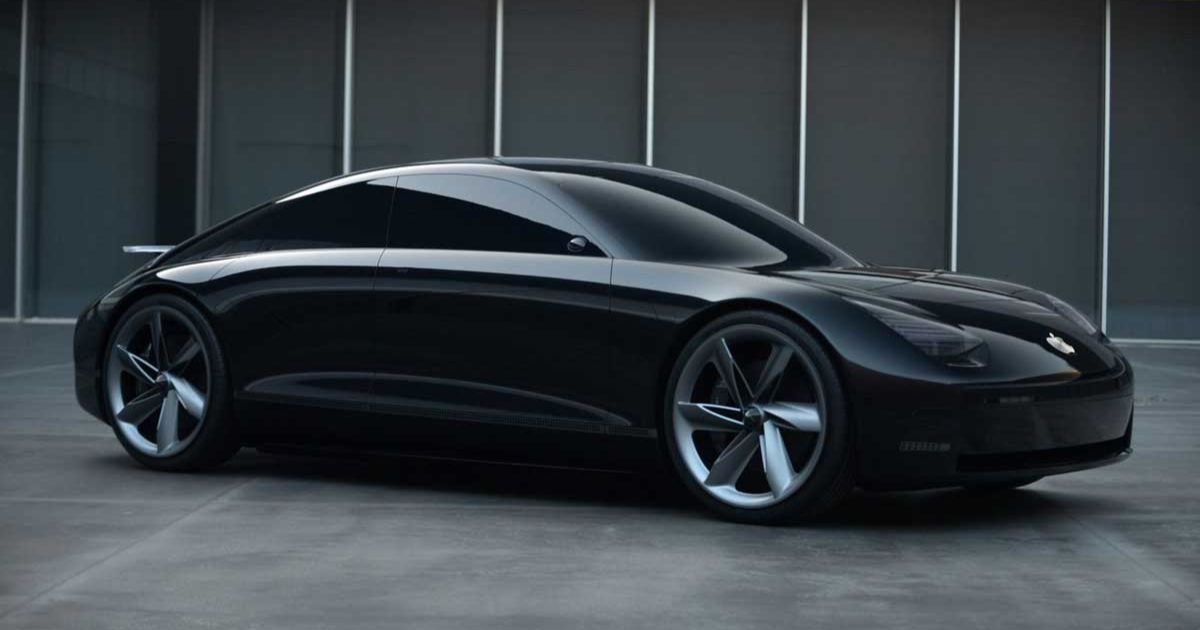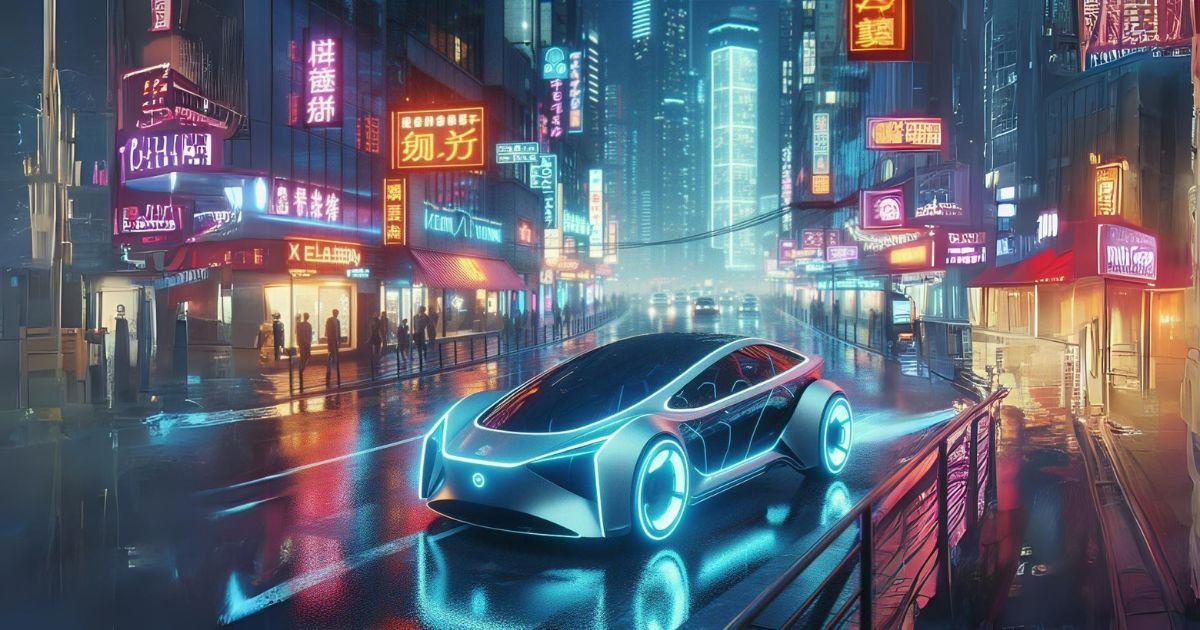Electric vehicles (EVs) have gone from a niche product to a fast-growing segment of the auto industry. Major investments by automakers along with government incentives and consumer interest are driving rapid adoption of EVs. This article examines the state of electric vehicle 2024 including market trends, new models, charging infrastructure expansions, and the future outlook.
Read More: Electric Vehicle

EV Sales Growth
EV sales have doubled in the U.S. from 2018 to 2022 reaching over 730,000 in 2021. Key factors in adoption include more model availability, lower costs, extended range, and wider charging access. EV market share is projected to reach 15-20% globally by 2025. Top selling EVs in the U.S. include the Tesla Model 3 and Model Y, Ford Mustang Mach-E, Chevrolet Bolt, and Nissan Leaf.
New EV Models
Automakers are ramping up investments and model launches to compete in the surging EV market. Over 100 new EV models are expected by 2025. New EVs for 2024 include the Cadillac Lyriq SUV, Kia EV6, Hyundai Ioniq 5, Volkswagen ID.Buzz, and refreshed versions of the Nissan Leaf and Chevy Bolt. Tesla is planning their Cybertruck and Semi along with a cheaper $25,000 hatchback. Luxury brands like Audi, BMW, Mercedes and Lexus are launching new high-end EVs.
Expanded Charging Infrastructure
Access to convenient and fast charging is critical to increased EV usage. There are over 48,000 public charging stations with over 100,000 outlets in the U.S. Major charging networks like ChargePoint, EVgo, and Electrify America are rapidly growing their stations. New ultra-fast 350kW chargers can add 200+ miles of range in 15 minutes. Home charging options now include smart wifi-enabled Level 2 chargers with up to 19kW power.
Battery Tech Advancements
Lithium-ion batteries are getting cheaper and more energy dense on average 10-15% annually. New chemistries like lithium iron phosphate improve stability and safety. Solid-state batteries are on the horizon offering 2X capacity and faster charging. Automakers are electric vehicle 2024 implementing larger battery packs now reaching over 100kWh enabling ranges over 300 miles. Faster home charging along with extended range alleviates consumer anxiety over limited range.
New EV Trucks and SUVs
Many new EVs are coming in popular truck and SUV styles. The Ford F-150 Lightning EV pickup and Rivian R1T tap into huge demand for electric trucks. Electric options for mainstream SUVs include the Volkswagen ID.4, Hyundai Ioniq 5, and Nissan Ariya. Upscale SUVs like the Mercedes EQC, Audi e-tron, and Tesla Model X offer luxury features. Trucks and SUVs appeal to U.S. preferences with extra cargo and off-road capabilities.
Competitive Pricing
EV prices continue to decline making them cost competitive with gas-powered equivalents. Average EV transaction prices have fallen below luxury car prices at around $55,000. Prices vary widely based on range, features, and brand. Upcoming models like the electric vehicle 2024 Chevy Equinox EV and Tesla hatchback aim for $30,000 starting prices. Falling battery costs are a key enabler electric vehicle 2024 along with streamlined manufacturing. EVs also offer lower fueling and maintenance costs.
New Charging Options
Charging infrastructure is expanding beyond public charging stations. New options aim to make charging EVs easier and more convenient. Home charging can leverage smart technologies to lower costs during off-peak hours. Mobile charging services bring charging on-demand. Battery electric vehicle 2024 swapping stations can replace depleted packs in minutes. Workplace, apartment, and fleet charging are growing as well. More options reduce barriers to EV adoption.

Self-Driving Tech Integration
Autonomous driving features are increasingly being incorporated into EVs. Tesla’s Autopilot system now offers advanced assisted driving capability. New models from Mercedes, electric vehicle 2024 Audi and others integrate lidar, sensors and cameras to enable automated driving. Future electric vehicle 2024 models will leverage AI chips, high-resolution maps and vehicle-to-infrastructure communication. EVs provide a platform for evolving self-driving technologies.
Government Policy Support
Government policy continues to nurture the EV market through incentives like tax credits and rebates. President Biden set a target of 50% EV sales by 2030. States like California are banning new gas car sales by 2035. The $1T infrastructure bill provides $7.5B for EV charging expansion nationwide. Clean vehicle procurement policies encourage government fleets to shift to EVs. Such measures provide motivation to choosing electric.
Growth in Commercial EVs
Fleets have emerged as a key driver of EV adoption. Companies like Amazon, FedEx and UPS are purchasing tens of thousands of electric vans and trucks to reduce costs and emissions. electric vehicle 2024 Consumer demand is requiring major investments by rental electric vehicle 2024 car firms and ride-hailing services in EVs. Supportive policies, coupled with ambitious corporate sustainability goals, are accelerating commercial EV usage.
Challenges Remain
Despite momentum, barriers to wider EV adoption persist. Initial purchase prices remain high for many consumers. Charging infrastructure, while growing, remains inconsistent across regions. Battery supply chain constraints create production bottlenecks. Grid capacity needs upgrading to handle increased loads. Concerns around battery raw material sourcing also exist. But ongoing technology improvements and infrastructure investment look to address these issues.
Future Outlook
EVs are expected to reach over 25% of annual vehicle sales globally by 2030. Declining battery prices and more models across all vehicle segments will expand access and affordability. Tighter emissions regulations coupled with company and government fleet electrification commitments will further spur adoption. While the rate of growth remains uncertain, the direction electric vehicle 2024 clearly towards an electric future. EVs represent a transformative shift in mobility – cleaner, smarter, and more advanced than ever.
Conclusion
Electric vehicles are entering the mainstream driven by lower costs, expanded model choices, advanced technology, and favorable government policies. Consumers now have compelling options among dozens of EVs that rival gas-powered models in performance, range, and features. Ongoing infrastructure development aims to make charging widely accessible. As battery prices continue decreasing, EVs are approaching cost parity with internal combustion engine vehicles. Though challenges around production constraints persist, electric vehicle 2024 appear poised to take a significant share of the auto market by 2025 and beyond. The future promises to be an electrifying one as newer EVs deliver the range, capability and prices to suit nearly all drivers’ needs.

Read More: Electric Vehicle 2024
FAQ
Q: How many electric vehicle 2024 models will be available in 2024?
A: Over 100 new electric vehicle models from major automakers are expected by 2025, with dozens launching in 2024 alone across multiple vehicle segments.
Q: What is the range of today’s electric vehicles?
A: Range continues to improve through larger battery packs. Many 2024 models will offer 300+ mile range on a single charge, alleviating range anxiety.
Q: Where can I charge an electric vehicle?
A: Public charging stations are becoming widely available, with over 100,000 outlets and 48,000 stations nationwide. Home and workplace charging options are also expanding quickly.
Q: How long does it take to charge an electric vehicle?
A: With fast chargers, EVs can add 200+ miles of range in 15-30 minutes. Home charging overnight can also fully replenish batteries for daily driving.
Q: Are electric vehicles cheaper to own than gas cars?
A: Yes, EVs provide significant savings on fuel and maintenance costs which offset their higher upfront prices over time. Charging at home is far cheaper than paying for gasoline.